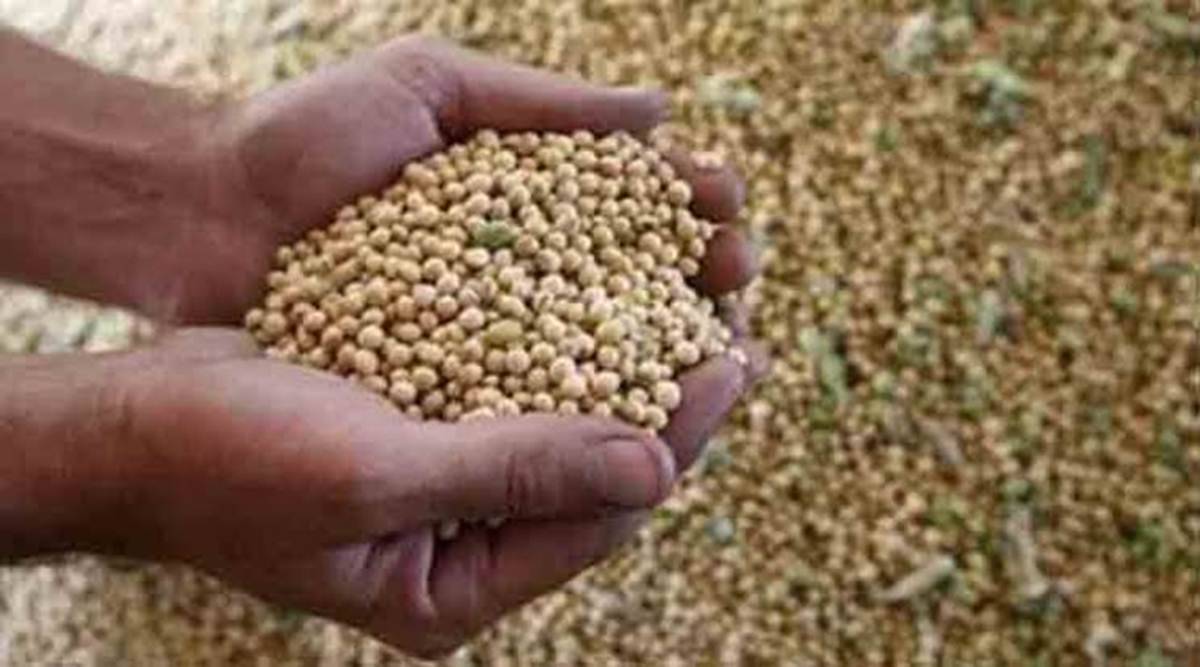 Average prices, which had threatened to drop once domestic supply started in October, has edged past Rs 6,000/quintal mark to settle at Rs 6,200-6,500/quintal mark over several weeks.
Average prices, which had threatened to drop once domestic supply started in October, has edged past Rs 6,000/quintal mark to settle at Rs 6,200-6,500/quintal mark over several weeks. Last year, central government had taken various steps to cool down the price of two essential commodities –pulses and edible oil. From early import to imposition of stock limits, trade of these two commodities had seen various supply side shocks to ensure that the prices do not pinch the consumer much. Belying all predictions, prices of soyabean and tur (both important kharif crops) have held steady; the latter, in fact, has seen massive gains. A short crop notwithstanding, many say the real reason for prices to hold up is the decision of farmers to stock instead of sell.
Since last February, Centre has been taking steps to correct inflation in edible oils. What started with duty correction ended with imposition of stock limit on soyabean meal due to which soyabean prices, which had crossed Rs 10,000/quintal in a few mandis in Maharashtra, soon dipped to touch Rs 5,800-5900/quintal mark around September-October. In August, the Centre had allowed import of genetically modified soyabean meal to cool down prices of this essential raw material used for manufacturing poultry feed.
Average prices, which had threatened to drop once domestic supply started in October, has edged past Rs 6,000/quintal mark to settle at Rs 6,200-6,500/quintal mark over several weeks. Traders both in Madhya Pradesh and Maharashtra have talked about this price mark remaining constant for rest of year. This, despite stock limit on soyameal and constant duty cut in imports. A clue to this enigma, experts say, is in farmers continuing to hold on to their soyabean produce in hope of better prices later this year.
- The Indian Express website has been rated GREEN for its credibility and trustworthiness by Newsguard, a global service that rates news sources for their journalistic standards.

